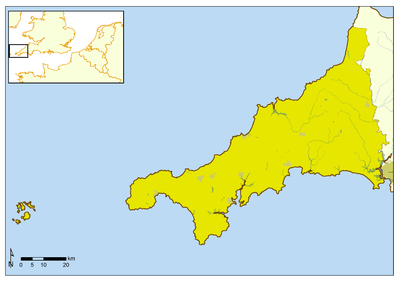Case study Hastings
Hastings FLAG case study
1. Introduction
Hastings is one of Britain's oldest fishing ports with boats launched from the shingle beach in front of the Old Town (an area known as the Stade) for over 1000 years (Urquhart and Acott, 2013). Once a medieval Cinque port, today it is home to one of the largest beach launched fishing fleets in Europe (approximately 23 boats). All the boats are under ten metre inshore vessels. Hastings is a mixed fisheries with MSC (Marine Stewardship Council) certification for its Dover Sole, Mackerel and Herring fisheries. Hastings is an urban coastal town situated on the southeast coast of England with a population of 86,000 (GOSE, 2008) (See Figure 1). It has a rich historical and cultural history, including its association with nearby Battle and the 11th Century Norman Conquest. This was followed by many centuries as a successful fishing town and the 19th Century emergence as a popular and affluent Victorian spa resort. Sadly this was followed by a well-documented economic decline from the mid 20th century onwards (Hastings Regeneration Partnership, 2002). Hastings is ranked in the 2010 Indices of Multiple Deprivation (IMD) as the 19th most deprived district in England (DCLG, 2011). Hastings has sought to address pockets of severe social and economic deprivation through intensive government and community led regeneration interventions over the last twenty years. This is an important context for fisheries governance integration within wider local development planning as outlined below.
